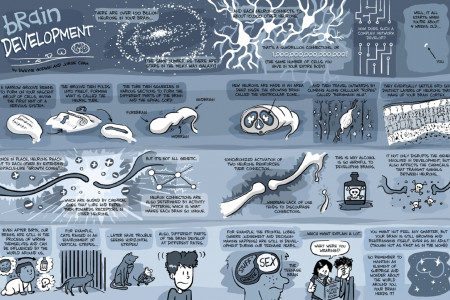
Neurobiology and Neural Circuitry of Depression
Major Depressive Disorder out of 6 people in the US will sucumb to clinical depression during their lifetime Experiences with MDD - Depressed mood Decreased energy - Trouble concentrating - Lost interest in activities 32 Women are twice as likely to develop MDD -Guilt or feelings of hopelessness - Sleep disturbances - Appetite changes - Suicidal thoughts or attempts average age of MDD onset Neurobiology & Neural Circuitry of Depression Deep brain stimulation Ghrelin and leptin Electrical stimulation of the Hormones that act on the subgenual cingulate cortex (Cg25) or nucleus accumbens (NAc) can help patients with severe MDD. hypothalamus (HYP) and other limbic regions (HP, VTA, and NAC) modulate mood. Stress Cg25 Dopamine Increases in cortisol levels This neurotransmitter is NAc HYP can reduce the amount of neurogenesis in the hippocampus (HP) depressing mood. released by neurons in the VTA ventral tegmental area (VTA) and enhances mood. Amygdala Neurogenesis People with MDD have less neurogenesis and smaller hippocampi (HP). Anxiety and Fear These emotions are processed by the amygdala. Neurobiological studies continue to deepen our understanding of depression (There is hope!) References and Resources: Clker Clip Art: http://www.clker.com/clipart-clickr.html Global Medical Education: http://www.gmeded.com/gme-info-graphics/major-depression Mayo Clinic: http://www.mayoclinic.com/health/depression/ Krishnan V. & Nestler E.J. (2008). The molecular neurobiology of depression, Nature, 455 (7215) 894-902. © 2013 http://knowingneurons.com
Neurobiology and Neural Circuitry of Depression
Designer
kate jonesSource
http://knowi...spiration/Category
HealthGet a Quote








